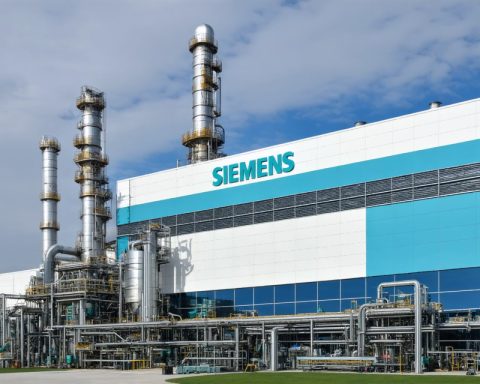The shipping industry thrives on the efficient movement of goods worldwide, powered by a variety of transportation methods, including air, land, and sea. Among these, semi-trucks play an essential role, transporting a diverse range of products over vast distances. While larger vehicles like freight ships and planes handle bulk cargo, semi-trucks remain vital, linking manufacturers to retailers seamlessly.
Remarkably, the world of semi-trucks is filled with innovations that cater to unusual requirements. One standout model is the Hercules, known for its colossal size and unique capabilities. This extraordinary semi-truck, measuring an impressive 95 feet in length when fully equipped, was designed not only for transportation but also for public display purposes. The mastermind behind this creation, a passionate truck enthusiast, spent years modifying a standard truck into this oversized spectacle.
The Hercules boasts a powerful engine and a specialized setup. Unlike typical semis that carry heavy loads, this massive vehicle serves as a moving exhibit, promoting various businesses with eye-catching displays on its sides. Equipped with high-tech LED screens and dynamic advertisements, the Hercules has become a traveling billboard, captivating audiences everywhere it goes.
Through such unconventional designs, the semi-truck industry showcases not only functionality but also creativity, driving forward the essential traffic of commerce while engaging the public in new ways.
Exploring the Unmatched Scale of Semi-Trucks: An Essential Component of Global Logistics
The scale of semi-trucks is not just a testament to their capacity for freight transport; it reflects the intricate web of logistics that helps sustain global commerce. As the backbone of the supply chain, semi-trucks bridge the gap between production and consumption, making them integral to various industries, including agriculture, manufacturing, and retail.
What are the key specifications that define a semi-truck?
Semi-trucks are characterized by several specifications, including their gross vehicle weight rating (GVWR), which can range between 80,000 to 120,000 pounds in the United States, depending on regulations. The length of standard semi-trucks typically ranges from 70 to 80 feet. However, specialized or unconventional trucks like the Hercules can exceed these dimensions significantly. Additionally, the engine power, typically measured in horsepower, can exceed 600 HP in high-performance models, allowing trucks to haul massive loads efficiently.
What are the major challenges associated with operating semi-trucks?
One of the most pressing challenges in the semi-truck industry is compliance with safety regulations and environmental standards. Drivers face strict regulations regarding hours of service to prevent fatigue, while trucking companies must navigate an increasingly complex framework of state and federal compliance issues. Another major challenge is the driver shortage, which has been exacerbated by high turnover rates, poor working conditions, and insufficient wages. Finally, the industry is also facing scrutiny regarding its environmental impact, particularly in terms of greenhouse gas emissions.
What advantages do semi-trucks offer in logistics?
Semi-trucks possess several advantages that make them indispensable in logistics. They provide flexibility in route planning, allowing for door-to-door deliveries that minimize delays and reduce handling costs. Their relatively lower cost of operation compared to air freight makes them an appealing choice for mid-range distances. Additionally, advancements in technology, such as GPS tracking and telematics systems, allow for improved route optimization, fuel efficiency, and timely deliveries.
What are the disadvantages or controversies surrounding semi-trucks?
Despite their advantages, semi-trucks are not without their drawbacks. One significant disadvantage is the wear and tear they inflict on public infrastructure. Over time, the heavy weight of these vehicles contributes to road deterioration, necessitating costly repairs. Furthermore, as the fleet of semi-trucks grows, so do concerns regarding air quality and highway safety; with large vehicles on the road, the risk of accidents increases, highlighting the need for strict regulatory measures.
In summary, while semi-trucks are vital for the movement of goods and offer numerous advantages in terms of efficiency and flexibility, they also present challenges regarding safety, environmental impact, and infrastructure costs. As technology evolves, the industry must tackle these issues proactively to continue serving the demands of modern commerce.
For more insights into the logistics and transportation industry, visit truckinginfo.com.












